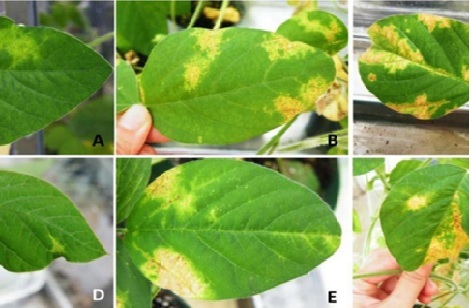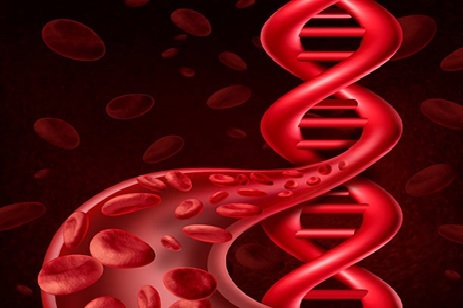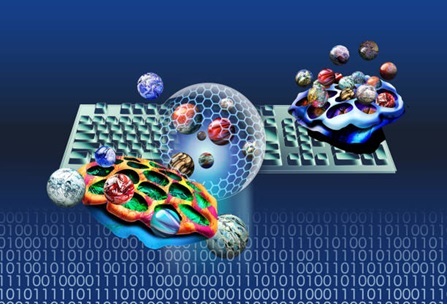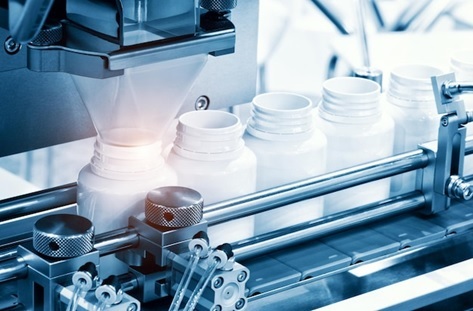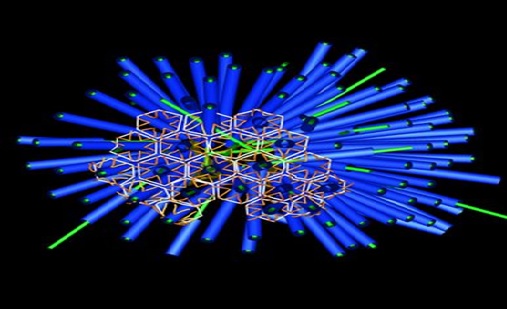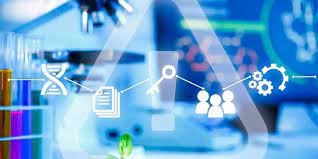Biotechnology and the Environment
Biotechnology refers to the use of living organisms or biological systems to develop new products, processes, or technologies that can improve human life. When applied to the environment, biotechnology involves using biological systems to address environmental challenges and promote sustainability.
This can include using microorganisms to break down pollutants, developing renewable energy sources, improving agricultural practices, and protecting biodiversity. Biotechnology has the potential to play a significant role in addressing environmental challenges, but it is also important to consider the ethical, legal, and social implications of biotechnology applications to ensure that they are developed and used in a responsible and sustainable manner.
In the era of climate change and pollution, recent innovations in environmental sustainability and biotechnology, agriculture and food technology have helped the society and have encouraged the achievement of Sustainable Development Goals. Scientific knowledge can be applied to design sustainable earth-friendly policies and can solve the problems related to food security, clean environment and social upliftment.

Figure .1 Biotechnology and the Environment definition
Figure 1 shows Biotechnology has the potential to play a significant role in addressing environmental challenges, such as pollution, climate change, and the depletion of natural resources.
Here are some examples of how biotechnology is being used to protect and preserve the environment:
- Bioremediation:Biotechnology is being used to develop new methods for cleaning up contaminated sites, such as oil spills, chemical spills, and industrial waste sites. Bioremediation involves the use of microorganisms to break down or remove pollutants from the environment.
- Bioplastics:Biotechnology is being used to develop new types of biodegradable and compostable plastics that are made from renewable resources such as corn starch, sugarcane, and other plant-based materials. These bioplastics have the potential to reduce the environmental impact of traditional plastics, which are typically made from non-renewable fossil fuels.
- Biofuels:Biotechnology is being used to develop new types of biofuels that can replace traditional fossil fuels, such as gasoline and diesel. Biofuels are made from renewable resources, such as plant-based materials or algae, and can help reduce greenhouse gas emissions and dependence on non-renewable fossil fuels.
- Agricultural biotechnology:Biotechnology is being used to develop new types of crops that are more resilient to environmental stresses, such as drought, heat, and pests. These crops have the potential to improve food security, reduce water use, and increase the sustainability of agriculture.
- Conservation biotechnology:Biotechnology is being used to support conservation efforts by protecting endangered species, restoring degraded habitats, and preserving biodiversity. For example, researchers are using genetic engineering to produce disease-resistant corals that can help protect coral reefs, which are threatened by climate change and other environmental stresses.
References:While biotechnology has enormous potential to help address environmental challenges, it also raises ethical, legal, and social issues. For example, there are concerns about the potential environmental risks of genetically modified organisms, as well as the impact of biotechnology on traditional farming practices and indigenous knowledge systems. Therefore, it is essential to consider these issues carefully and to develop biotechnology applications in a responsible and sustainable manner.
- https://www.springer.com/journal/42398/updates/23801894
Cite this article:
Janani R (2023),Biotechnology and the Environment definition, AnaTechMaz,pp.155





